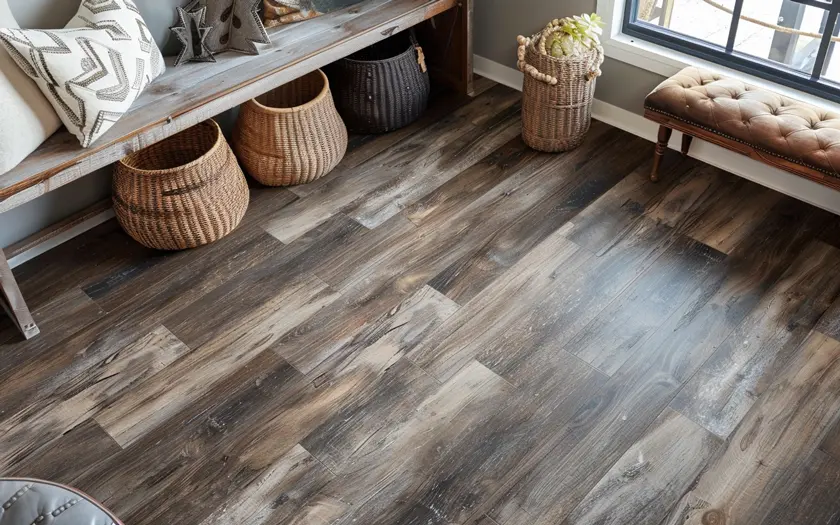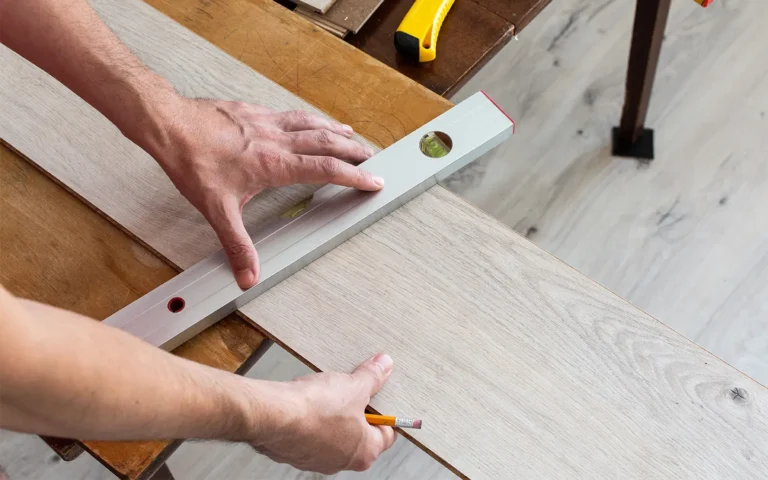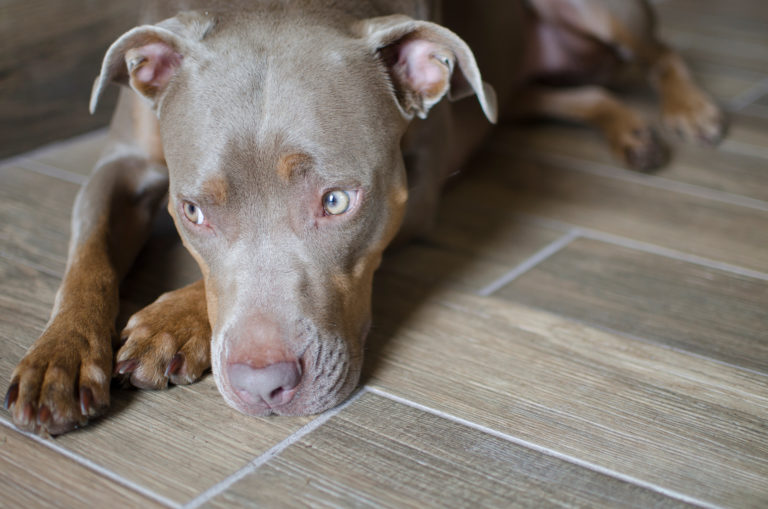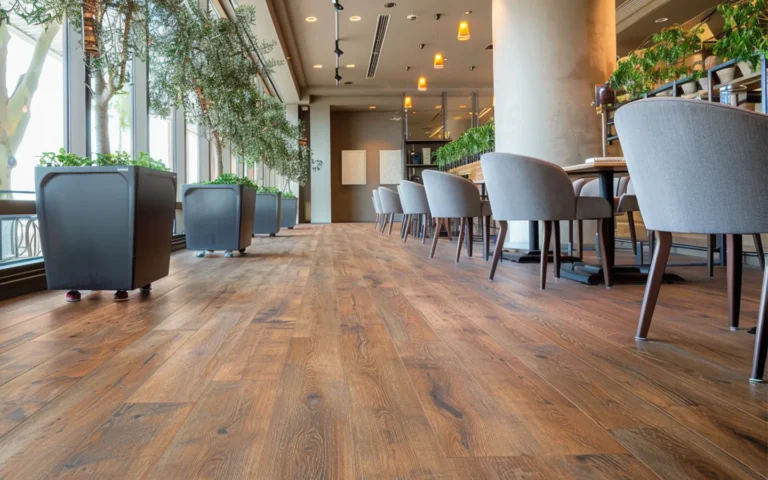Getting LVP and LVT mixed up? You’re not alone. They might sound similar and are both great flooring choices, but they have some key differences.
Let’s clear up the LVT vs LVP confusion, breaking down what sets them apart and how to choose the right one for your space.
What’s the Difference between LVP and LVT Flooring?
It’s understandable why people get them tangled up. They sound similar, and they share a lot of qualities, but they’re not the same.
LVP stands for luxury vinyl plank.
It comes in planks like the name suggests, and looks like hardwood floors. People love it because it gives that warm, classy look of wood without draining your wallet or needing constant care.
On the flip side, LVT stands for luxury vinyl tile.
Instead of planks, LVT is all about tiles. It’s made to mimic the look of stone, ceramic, or marble tile flooring. You get that high-end feel of natural materials without the high cost of tiles.
The confusion usually starts because both LVP and LVT are made from vinyl. Vinyl makes them durable, water-resistant, and incredibly easy to maintain.
Before we get into their differences, both LVP and LVT flooring can transform any space to fit your aesthetics. They come in a variety of styles that closely resemble natural materials – but at a lower cost.
So, what’s the clear difference?
It’s all in the form and the look they’re going for.
LVP = planks that look like wood. LVT = tiles that mimic stone or ceramic.
LVT vs LVP Side by side
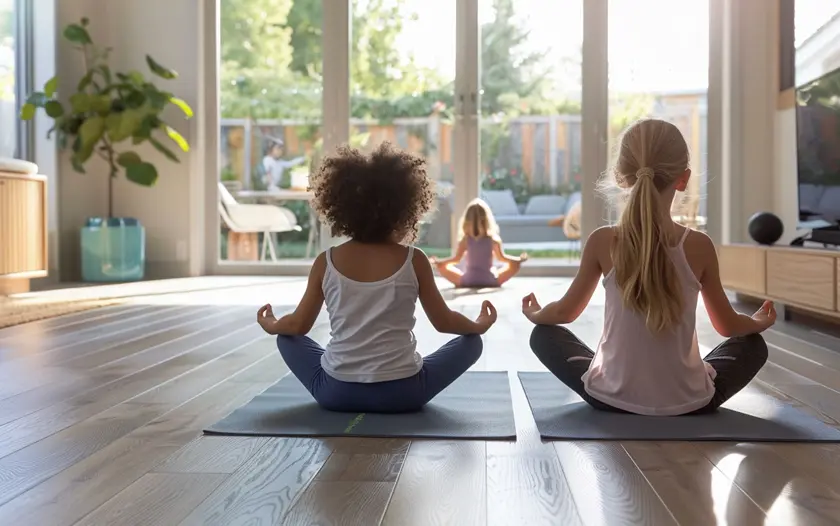
When we put LVT vs LVP side by side, the differences, both obvious and not so obvious, start to come into view. Let’s break it down for you:
Design Options
LVT mirrors the elegance of stone or ceramic and comes in many patterns and textures. You can find LVT that looks like marble, slate, travertine, or granite. LVT’s shape (square or rectangular tiles) and the possibility to grout some styles add to its realistic look.
LVP imitates hardwood flooring with remarkable accuracy. It comes in long planks of different widths and lengths. It can replicate a wide range of wood types and styles. Oak, maple, walnut, hickory, and cherry (to name a few) are all popular.
Best Brands of 2024
Ease of Installation
Both LVP and LVT flooring come with click-and-lock or glue-down options, making installation pretty straightforward for either. However, the plank vs. tile shape might influence your decision based on the room’s layout or your preference for the installation process.
The choice of installation depends on your situation. Click-and-lock is great for a DIY project, and it offers flexibility for future changes. Glue-down provides a more permanent solution, reducing movement and offering stability in high-traffic areas.
You may also come across some loose-lay formats for both LVP and LVT flooring, it is the same as LEGO but for adults.
Durability and Maintenance
Both LVP and LVT flooring are known for their resilience.
If you have pets and children in your home, running around and throwing their toys, these floors can take it. A thicker wear layer translates to longer-lasting floors.
But you should be wise about this and read our guide on choosing the right thickness for each room. Not every room needs a thicker floor!
Maintenance is pretty straightforward, they both work the same. Regular sweeping and occasional mopping with a mild cleaner will keep these floors looking their best.
Water Resistance
Are you considering LVT vs LVP for your bathroom?
They both offer excellent resistance to moisture. This makes them suitable for bathrooms, kitchens, and basements. But proper installation is needed if you want to ensure water doesn’t seep through seams.
Comfort and Sound
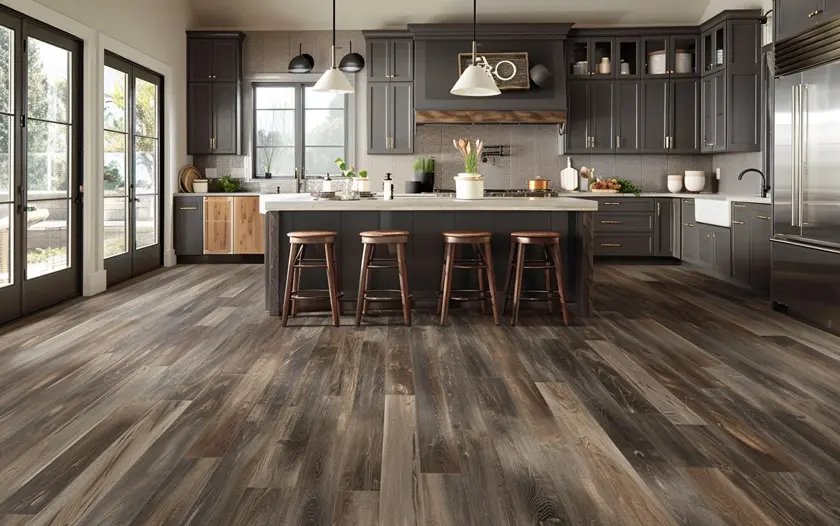
LVP tends to feel slightly warmer and softer underfoot, which can be a plus in living areas and bedrooms.
LVT, while still comfortable, might feel firmer, akin to traditional tile. An underlayment can enhance comfort and reduce noise for both flooring types.
Environmental Considerations
Both types have made strides in eco-friendliness and health safety. But don’t forget to look for products with low VOC emissions and those made from recycled materials. It’s always good to check the specifics of the product you’re interested in.
Cost Comparison
The cost can be similar for both LVP and LVT, depending on the quality, brand, and specific product features like the wear layer’s thickness.
LVP materials typically range from $2 to $12 per square foot. If you are hiring a pro to install it, Installation varies between $1.50 to $10 per square foot. It depends on factors such as the installation method and local labor rates.
In contrast, LVT prices are slightly narrower, from $1 to $10 per square foot for the material, with similar installation costs ranging from $1.50 to $10 per square foot.
The Final Choice?
The choice between LVT and LVP often comes down to the desired look (stone/ceramic vs. wood) and where you plan to install it.
Both offer a fantastic array of options that will suit nearly any decor style, budget, and practical need. Whether you lean towards the elegance of LVT or the warmth of LVP, you’re making a solid choice for durable, stylish flooring.
Remember, the right underlayment can make a big difference in the feel and sound of your flooring, so don’t skip it!
About The Author

Courtney Daily
April 19, 2024
Courtney is a freelance writer who wears many other hats: kindergarten teacher by day, Broadway diva in the shower. She is a transplant Hoosier who originated in New England. When she isn't writing in her spare time, you will find her reading history books, arguing with her latest knitting project, or being beaten by her kids at most games.
